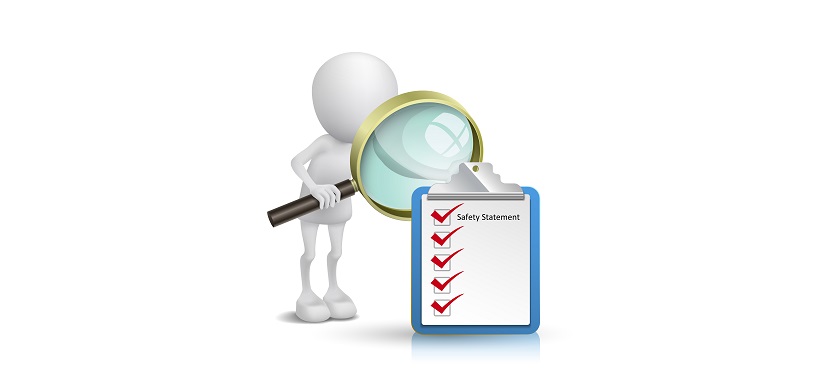What are Safety Statements
Safety Statements are essentially a snapshot or photograph of your current safety management system. Under Section 20 of Ireland`s Safety, Health and Welfare at Work Act 2005, all employers, including the self-employed, must have a safety statement relating to their workplace and work activities.
The HSA (Health and Safety Authority) has outlined that the key points in the formulation of a Safety Statement are to:
• Involve management up to the highest level in a clear programme of action
• Engage all stakeholders (including employees) in the formulation and consultation process
• Stimulate action to ensure compliance with the statutory safety and health provisions
• Identify hazards and prioritize remedial action based on the risk of injury to exposed persons
• Ensure safety measures are kept in place and monitored on a regular basis
• Identify and assign clear responsibilities in relation to safety and health matters
• Ensure systematic follow-up of problems, once identified
• Ensure that competent resources are assigned to safety and health
• Gain the commitment of all persons in the workplace.
The Safety Statement must be a personalized document. It is a hazard identification and risk assessment exercise on the activities of the company such as location, operations, equipment and arrangements etc.. It reviews the arrangements actually in place to ensure safety and how those might affect their employees, visitors or members of the public. A generic safety statement does not comply with the law.
Safety Statements must be reviewed periodically (an annual review is typical), or whenever significant change takes place.
The Safety Statement must be brought to the attention of the employees and to any other persons at the place of work who might be exposed to the specific risks outlined in the safety statement at least annually.
Employees should have access to the Safety Statement at all times.

